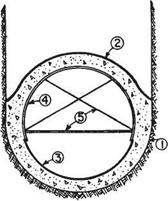Honesty
In the most beautiful houses, no attempt is made to conceal structural elements or disguise materials. Because wooden collar beams are understood as necessary, they are also seen as beautiful. Whenever possible, features like these are left unpainted and exposed to view. Then there are those houses for which attempts are made to mimic the solid structure and materials of more substantial homes. These are easily recognized by their wood-grain textured, aluminum siding, hollow vinyl columns and false gables.
Aluminum is a fine material so long as it is used as needed and allowed to look like aluminum. Artifice is artless. It does not merely violate nature’s law of necessity, but openly mocks it. If wood is required for a job, wood should be used and allowed to speak for itself...
read more





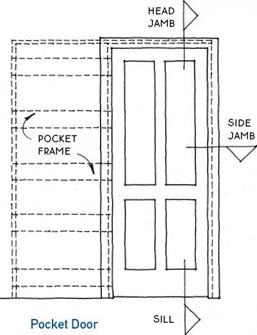
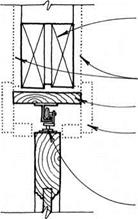


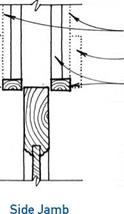
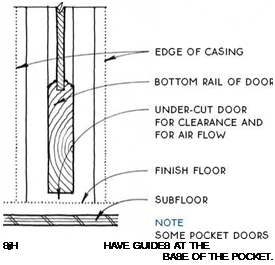 Pocket doors – Pocket doors slide on a track attached to the head jamb and are sold as a kit, with the door and pocket separate and the pocket broken-down for ease of transport. The pocket is assembled at the site, and the head jamb (which much be set higher than 6 ft. 8 in. to allow for the track) is leveled, shimmed, and attached to the frame of the building. Next the pocket itself and the opposite jamb are shimmed and nailed. The heavier and wider the door and the better the quality of the hardware, the less likely the door is to derail...
Pocket doors – Pocket doors slide on a track attached to the head jamb and are sold as a kit, with the door and pocket separate and the pocket broken-down for ease of transport. The pocket is assembled at the site, and the head jamb (which much be set higher than 6 ft. 8 in. to allow for the track) is leveled, shimmed, and attached to the frame of the building. Next the pocket itself and the opposite jamb are shimmed and nailed. The heavier and wider the door and the better the quality of the hardware, the less likely the door is to derail...